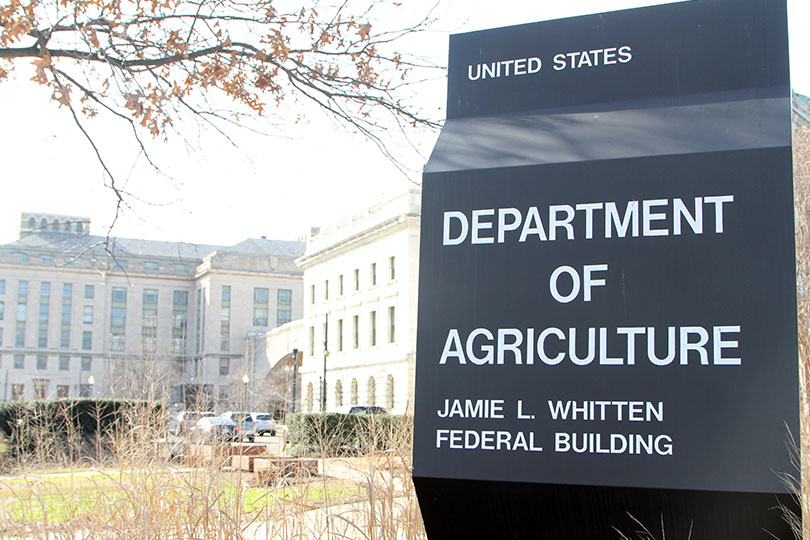The U.S. Department of Agriculture (USDA) proposed this week to take over the Food and Drug Administration’s (FDA) oversight of gene-altered animals.
The agency is moving forward with an Advanced Notice of Proposed Rulemaking (ANPR) to solicit public input and feedback on a contemplated regulatory framework that would modernize the system into a scientifically-sound, risk-based and predictable process that facilitates the development and use of these technologies for U.S. farmers and ranchers under USDA’s authorities.
“Our livestock producers need all the tools in the toolbox to help protect against animal diseases and continue to meet the challenge of feeding everyone now and into the future. If we do not put these safe biotechnology advances to work here at home, our competitors in other nations will,” U.S. Secretary of Agriculture Sonny Perdue said. “Science-based advances in biotechnology have great promise to continue to enhance rural prosperity and improve the quality of life across America’s heartland and around the globe. With this effort, we are outlining a pragmatic, science-based and risk-based approach that focuses on potential risk to animal and livestock health, the environment and food safety in order to provide our farmers and ranchers the tools they need to continue to feed, clothe and fuel the world.”
This ANPR would transition portions of FDA’s pre-existing animal biotechnology regulatory oversight to USDA.
Through this ANPR, USDA is proposing to establish a flexible, forward-looking, risk-proportionate and science-based regulatory framework that provides a predictable pathway to commercialization and keeps pace with advances in science and technology for certain farm animals (cattle, sheep, goats, swine, horses, mules, or other equines, catfish and poultry) developed using genetic engineering intended for agricultural purposes.
USDA’s proposed safety review would cover molecular characterization, animal health (including noninfectious, infectious, and zoonotic diseases), efficacy (for disease and pest resistance traits), environmental considerations, food safety evaluation of any expressed substance (including allergenicity and compositional analyses of key components), and food storage and processing. USDA’s proposal would provide end-to-end regulatory oversight from pre-market reviews through post-market food safety monitoring of animals.
USDA will continue to coordinate closely with the FDA to fulfill oversight responsibilities and provide the appropriate regulatory environment, ensuring the safety of products derived from new technologies, while fostering innovation at the same time.
Under the regulatory framework being contemplated, USDA would provide regulatory oversight from pre-market reviews through post-market food safety monitoring for certain farm animals developed using genetic engineering. USDA would promulgate regulations using the authorities granted to the Department through the Animal Health Protection Act (AHPA), the Federal Meat Inspection Act (FMIA), and the Poultry Products Inspection Act (PPIA). Pursuant to these authorities, the Animal and Plant Health Inspection Service (APHIS) would conduct a safety assessment of organisms developed using genetic engineering that may increase an animal’s susceptibility to pests or diseases of livestock, including zoonotic diseases, or ability to transmit the same. The Food Safety and Inspection Service (FSIS) would conduct a pre-slaughter food safety assessment to ensure that the slaughter and processing of animals developed using genetic engineering would not result in a product that is unsound, unhealthful, unwholesome, or otherwise unfit for human food.

